Overview
The Awareness stage explored how all businesses depend on nature and the critical role for business to protect and restore nature. The decline in nature is already affecting supply chains, business operations, and long-term business value.
In this stage, Alignment, the focus is on building business support to start nature-related action by:
- creating a strong case for acting on nature, considering risks and opportunities as strong drivers for action on nature.
- recognising the shared stewardship for nature and the need for collaboration internally and across the value chain and sector.
In this video, Eva Zabey, CEO of Business for Nature, talks about why nature matters for business and why business leaders need to act now.
Nature-related issues for business
All businesses depend on nature(Opens in a new tab/window), but how each one interacts with nature will differ widely(Opens in a new tab/window). The Taskforce on Nature-related Financial Disclosures (TNFD) identifies four nature-related issues(Opens in a new tab/window) that each business should identify, assess, manage, and, if needed, disclose:
- Dependencies(Opens in a new tab/window): Environmental assets and ecosystem services a business relies on to operate.
- Impacts(Opens in a new tab/window): The positive or negative changes a business causes or contributes to nature.
- Risks(Opens in a new tab/window): Threats to the business that arise from their dependencies and impacts on nature.
- Opportunities(Opens in a new tab/window): Ways the business can benefit from helping nature or reducing harm to it.
Business decision-making is typically centred around avoiding and mitigating risks or capitalising on opportunities. The sections below provide an outline of nature-related risks and opportunities. Considering the risks and opportunities below may help make a case for nature-related action.
Nature-related risks
Business leaders, especially boards and executives, are responsible for managing risk. Assigning accountability(Opens in a new tab/window) for nature at the board level is a key step to taking genuine and sustained action.
Governance is one of the four pillars of the TNFD framework(Opens in a new tab/window).
Awareness of nature-related risks is growing. An Australian legal opinion(Opens in a new tab/window) in 2023 made clear that:
‘Australian company directors have a duty under corporations law to consider their company’s exposure to nature-related risks.’
This reinforces the importance of integrating nature into corporate governance and risk management.
The decline of nature presents risks to business, which fall into three categories(Opens in a new tab/window): physical risk, transition risk and systemic risk.
Nature-related opportunities
There are opportunities for businesses that are ready to adapt. By embedding nature strategy, businesses can unlock long-term value and support a sustainable economy.
Taking early action on nature can deliver a range of benefits, including:
Learn more about nature-related issues for business

Guidance on the identification and assessment of nature-related issues: The LEAP approach
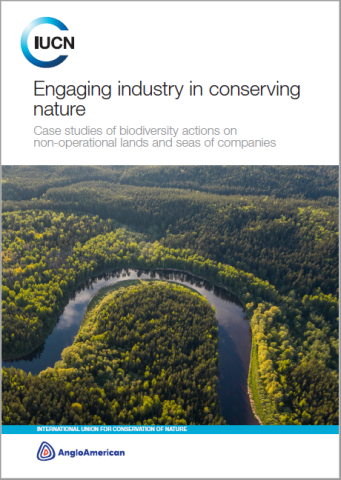
Engaging industry in conserving nature: case studies of biodiversity actions on non-operational lands and seas of companies

Dhawura Ngilan Business and Investor Guides
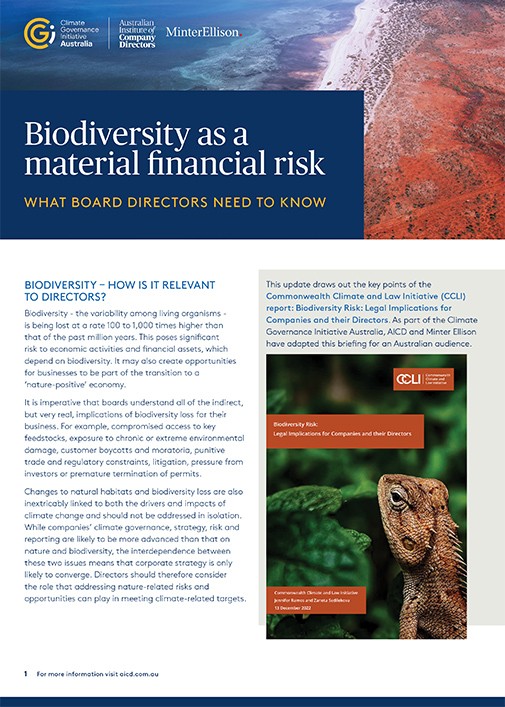
Biodiversity as a material financial risk
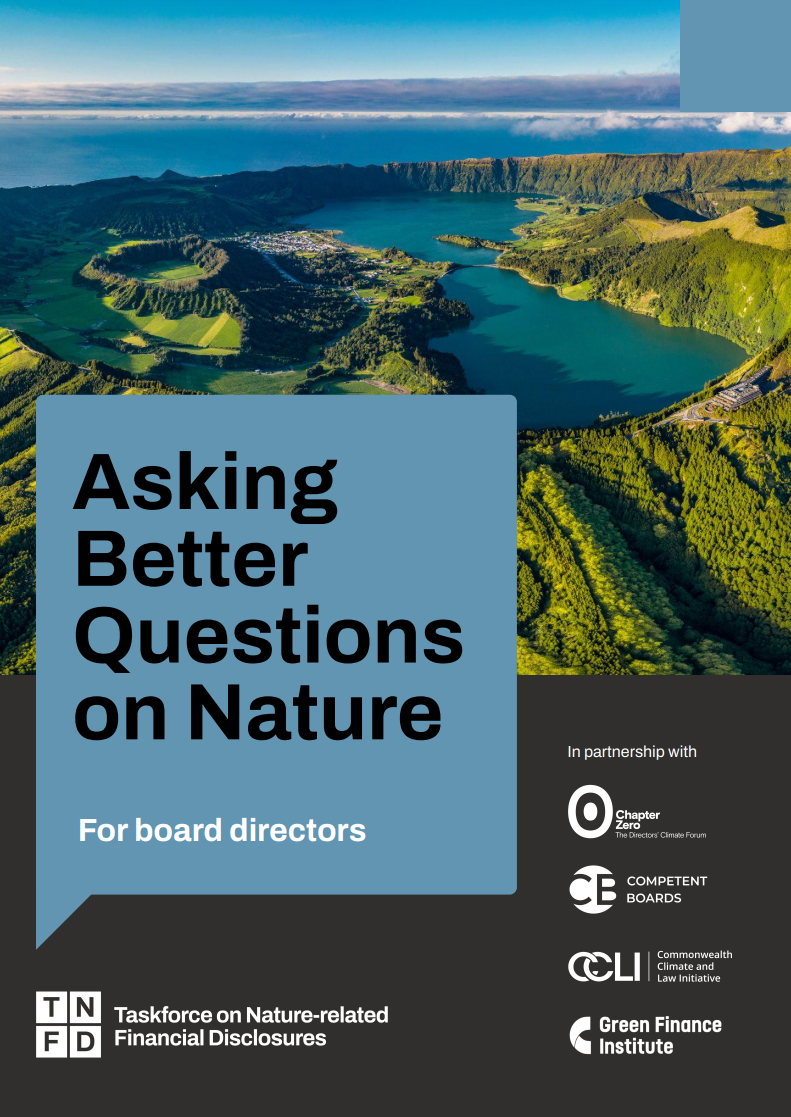
Asking Better Questions on Nature – For board directors
Collaboration and internal alignment
Building collaboration and internal alignment for nature-related action begins with a shared vision that connects environmental goals to business values. Leaders should explain why nature-related action matters, not just for sustainability, but for managing risk, driving innovation, and staying competitive. Consider the opportunities for alignment and collaboration relevant to the business to strengthen its case for nature-related action.
Key actions for internal alignment
- Communicate consistently: Share the vision across all levels of the business, creating shared purpose that resonates across all departments, from operations and finance to marketing and human resources. Consider each department’s priorities in shaping a vision that resonates.
- Break down silos and leverage diverse expertise: Structured mechanisms such as interdisciplinary working groups, joint planning sessions, and cross-functional task forces can help build trust and foster regular communication between departments.
- Align goals: Integrate nature-related targets into departmental KPIs. This helps to ensure that nature-related action becomes a collective responsibility, rather than the domain of a single team.
Practical examples
- The sustainability team works with procurement to embed nature-related criteria into procurement policies.
- Framing ecosystem restoration as a resilience strategy may resonate with risk managers, while positioning biodiversity as a driver of brand equity might engage marketing leaders.
- Recognising and celebrating cross-functional achievements helps reinforce a culture of collaboration and demonstrates that nature-related action is both feasible and valuable across business functions.
An inclusive approach may build unity and agility within the business, strengthening capability to lead effective nature-aligned transformation.
External collaboration
No business operates in isolation. Nature-related impacts and dependencies extend across the entire value chain, from sourcing materials to end-of-life product disposal. Businesses, financial institutions and consumers all share responsibility for the stewardship of nature. Addressing these challenges requires collaboration.
Consider where the business sits in the value chain and how it can contribute:
Upstream (suppliers and producers)
- Set sustainable sourcing standards.
- Improve monitoring and product traceability.
Midstream (manufacturers and logistics)
- Design products for input efficiency and circularity(Opens in a new tab/window).
- Reduce ecosystem impacts through smart logistics.
Downstream (retailers, financial institutions and customers)
- Collaborate on end-of-life solutions (e.g. recycling, reuse, regeneration).
- Educate consumers on sustainable choices.
Cross-sector
- Consider industry-wide initiatives (e.g. bans on single-use plastics).
- Share data and collaborate across sectors (see Understand the legal framework section for more information).
The TNFD has published(Opens in a new tab/window) principles-based guidance on value chain impacts and dependency, which can cause physical and transition risk to the business. For some business, such as large consumer retailers and financial institutions, the most material nature-related issue may be indirect.
Identify priorities for collaboration
A key step in collaboration is identifying where the business has the greatest impact on nature. Use a materiality assessment (discussed in the Action stage of this guide) to find the locations or activities where collective action is most needed.
- Identify stakeholders: Understand how nature action aligns with their goals. Support smaller businesses to help build capacity across the business's value chain.
- Agree on collaboration steps: Conduct a materiality assessment before collaboration starts, as agreement on the practical steps for collaboration will be needed. The steps for collaboration may include:
- Scope of the assessment (e.g. location, activity, or process)
- Framework (e.g. TNFD’s LEAP approach, SBTN methodology)
- Metrics to assess
- Agreement on data collection and cost-sharing.
Understand the legal framework
The Australian Competition & Consumer Commission (ACCC) has published guidance(Opens in a new tab/window) to help businesses understand when working together on sustainability outcomes is allowed under competition law.
If collaboration does raise competition concerns, an exemption may be available.
Example: The ACCC has provided authorisation, with conditions, to allow the Australian Sustainable Finance Institute (ASFI) and industry participants to collaborate on sustainable finance initiatives for five years(Opens in a new tab/window).
Making the case
Before starting any new initiative, businesses need leadership support. A clear and compelling business case is essential to show how action on nature supports financial performance, operational resilience and long-term value creation(Opens in a new tab/window).
A business case sets out(Opens in a new tab/window) a problem or opportunity, considers options, analyses costs, benefits and risks, and ultimately supports an investment decision.
A business case should be strategic, evidence-based and practical. The goal is to secure internal approval to start acting on nature.
Consider the sections above on business risks and opportunities, and the importance of collaboration and alignment in making the case.
In this video, the Taskforce on Nature-related Financial Disclosures (TNFD) discusses how a healthy natural world is essential for resilient economic activity. The video highlights that nature is the foundation for all cashflows, supply chains and investment values.
Tips for making the case
Consider the tips below when developing a business’ case for action on nature.
Learn more about making the case
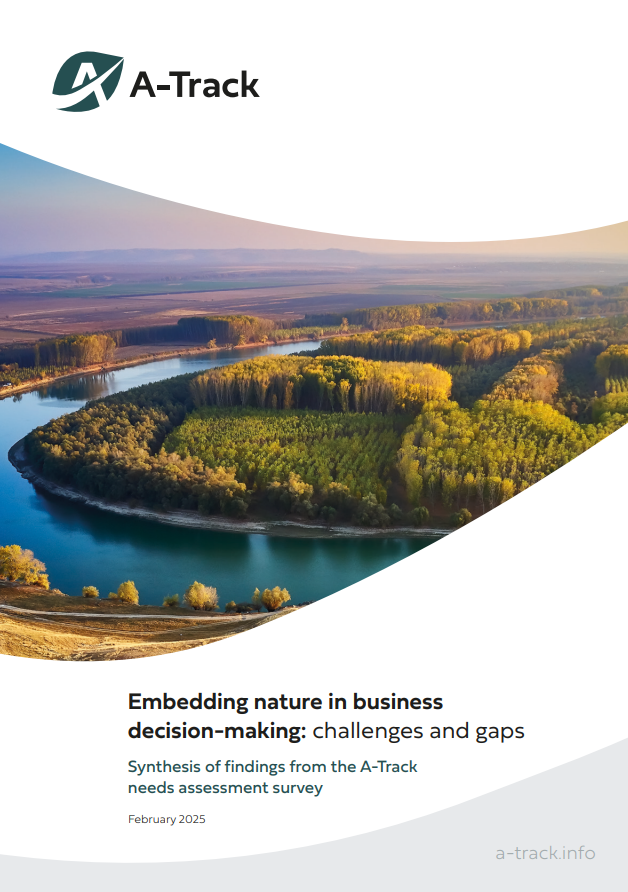
Embedding nature in business decision-making: challenges and gaps
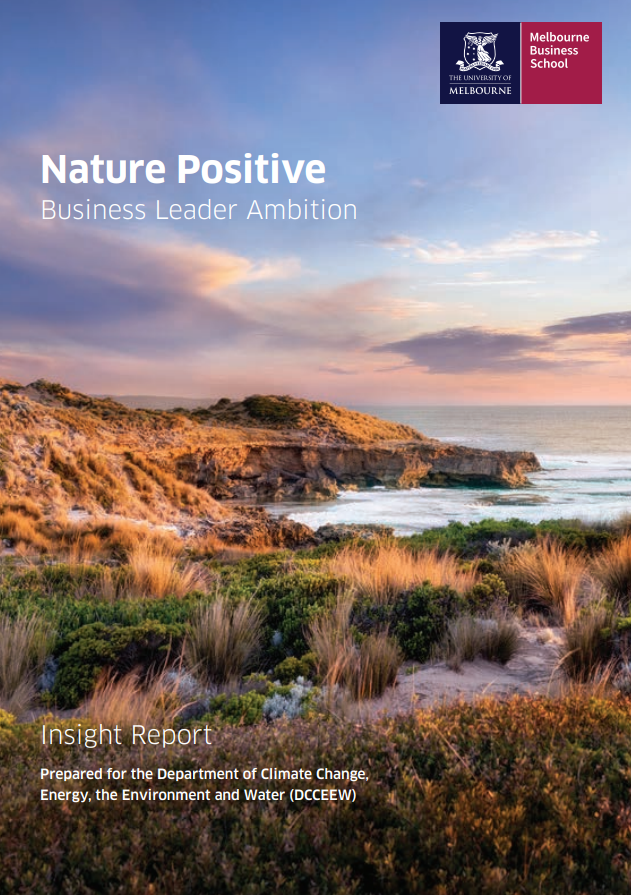
Nature positive business leader ambition: insight report
Takeaways
Identify relevant business risks and opportunities
- Board-level accountability is essential for managing nature-related risks.
- Action on nature can unlock business opportunities, including improvements to revenue growth, cost savings, innovation, access to capital, and brand reputation.
Collaborate across value chain and sector
- Look for opportunities to work with others.
- Collaboration can drive innovation and shared solutions.
Define scope and resources
Before assessing the business’s interaction with nature:
- Evaluate internal capability: Do you have the right people and skills?
- Consider resourcing options: The business may need to build internal capacity or capability, or engage external consultants or specialists.
- Be pragmatic with data: Many organisations discover that they already knew more about their impact and dependency on nature than originally thought. Use information available within the business and access publicly available data to learn more about the ecosystem condition where the business operates.
Make the case for action
- Clearly explain why the business needs to act on nature.
- Link action on nature to business resilience, performance and long-term value creation.
- Agree on the scope of work and resources needed to get started.
Next
Explore the Knowledge Hub
Access tools, resources and insights that support business to take nature-related action.

Case Studies

Insights


